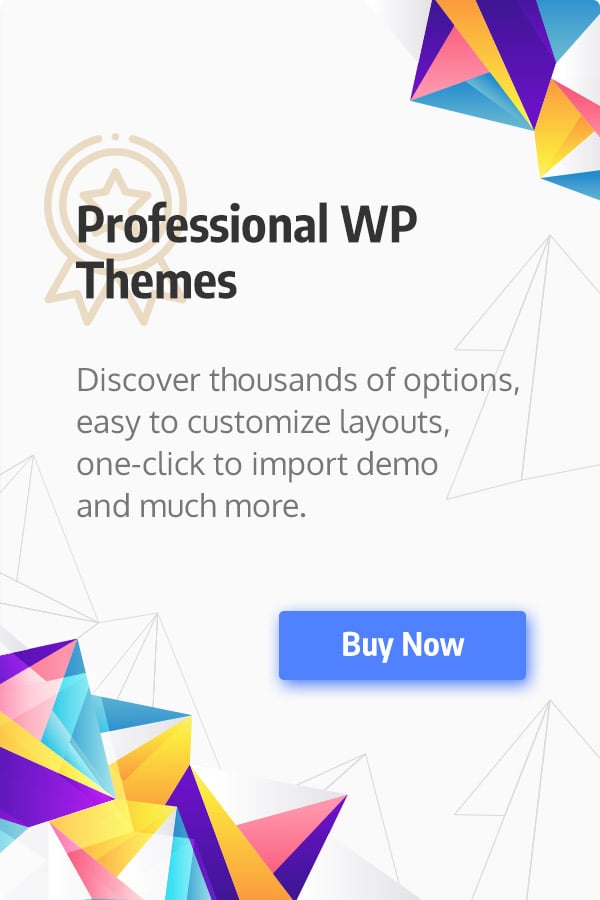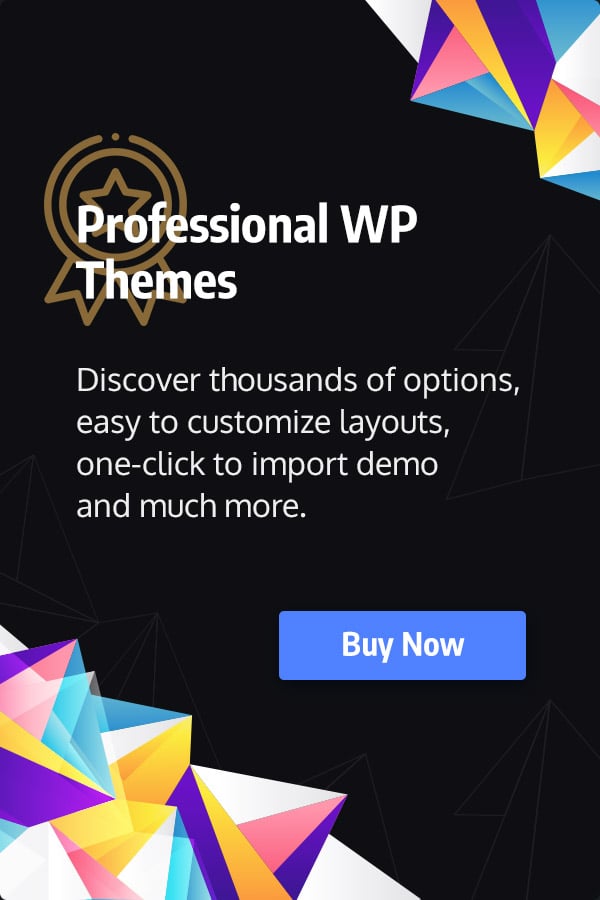In 2024, the digital landscape is rich with opportunities for anyone looking to earn extra income from home. Whether you’re a creative individual, a tech-savvy expert, or someone with specialized knowledge, there’s a side hustle that suits your skills and interests.
This guide will explore 20 online side hustles, providing detailed explanations of what each entails, along with their advantages, disadvantages, and actionable steps to get started. Let’s dive into these opportunities!
Understanding Online Side Hustles
An online side hustle refers to any work you do outside your primary job that leverages digital tools to generate income. This flexibility allows you to work from home, a coffee shop, or even while traveling. Some side hustles involve hourly pay or task completion, while others allow you to start a small business with the potential for higher earnings.
Choosing the Right Side Hustle
When selecting a side hustle, consider your skills, interests, and how much time you can dedicate. Some options require more upfront investment in terms of time and money than others. It’s essential to weigh the pros and cons of each option before diving in.
1. Sell Digital Products
Overview: Selling digital products involves creating and marketing items such as eBooks, online courses, templates, or software that can be sold repeatedly without incurring additional production costs. This is ideal for individuals with expertise in specific areas who can leverage their knowledge to create valuable content.
Advantages
- Low Startup Costs: Minimal investment is needed; just an idea and a payment processing method.
- High Scalability: Create once and sell multiple times.
- Potential for Passive Income: Once established, ongoing efforts can be minimal.
Disadvantages
- Competitive Market: Many niches are saturated.
- Requires Marketing Skills: Effective promotion is necessary.
- Demand Building Challenges: It can be tough to create a product that people are willing to pay for.
Getting Started:
- Identify a product idea (e.g., an eBook).
- Choose marketing channels (social media, SEO, paid ads).
- Use platforms like Gumroad or Sellfy for sales processing.
Links:
2. Start a Newsletter
Overview: A newsletter involves curating content and sending regular updates via email to subscribers. This is perfect for those passionate about specific topics who enjoy writing.
Advantages
- Free to Start: Platforms like MailerLite allow you to begin without costs.
- Build Authority: Establish yourself as an expert in your niche.
- Monetization Opportunities: Earn through ads or selling products/services.
Disadvantages
- Requires Consistent Content Creation: Regular output of engaging material is necessary.
- Subscriber List Management: Building and maintaining a list can be challenging.
- High Competition: Popular topics require a unique voice or angle.
Getting Started:
- Pick a topic you’re passionate about.
- Ask friends if they’d like to subscribe.
- Sign up for an email marketing platform like MailerLite.
- Promote your newsletter through social media.
Link:
3. Start a Paid Newsletter
Overview: A paid newsletter functions similarly to a regular one but charges subscribers for access to exclusive content. This model works well for writers or industry experts with loyal followings.
Advantages
- Consistent Revenue Stream: Offers predictable earnings.
- Direct Audience Connection: Foster relationships with subscribers.
- Lower Subscriber Threshold for Monetization: Fewer subscribers needed compared to ad-based models.
Disadvantages
- Quality Content Requirement: Must consistently deliver valuable information.
- Time Investment for Subscriber Growth: Takes effort to build an audience.
- Subscription Fatigue Risk: Convincing people to pay can be difficult.
Getting Started:
- Brainstorm ideas based on your expertise.
- Sign up for an email marketing platform that supports payments.
- Develop strategies for attracting subscribers through social media or free newsletters.
Link:
4. Become a Social Media Influencer
Overview: Social media influencers create engaging content on platforms like Instagram, TikTok, or YouTube and monetize their audience through sponsorships or affiliate marketing.
Advantages
- Simple Entry Point: Just create an account on your chosen platform.
- Diverse Monetization Options: Earn money through ads, sponsorships, or affiliate links.
- Creative Freedom: Share topics you’re passionate about.
Disadvantages
- Visibility Affected by Algorithms: Your reach may fluctuate based on platform changes.
- High Competition in Popular Niches: Standing out requires creativity and consistency.
Getting Started:
- Determine the type of content you want to create (videos, photos).
- Choose the right platform (Instagram for images; TikTok for videos).
- Follow best practices for growth and engagement on that platform.
5. Offer Online Tutoring Services
Overview: Online tutoring involves providing educational support remotely via video calls or online platforms like Zoom or Skype. This is suitable for teachers or anyone with expertise in subjects people are willing to pay to learn about.
Advantages
- Flexible Hours: Work when it suits you best.
- Global Reach: Access students from around the world.
Disadvantages
- Expertise Needed in Subjects Taught: You must have knowledge in specific areas.
- Competition from Established Services: Standing out can be tricky.
Getting Started:
- Decide whether to tutor independently or use platforms like Preply or iTalki.
- If using a platform, sign up and create a profile detailing your expertise.
Links:
6. Sell Handmade Goods on Etsy
Overview: Etsy is an e-commerce platform specializing in handmade goods, vintage items, and unique crafts—perfect for artisans looking to sell their creations directly to consumers who appreciate handmade products.
Advantages
- Targeted Audience of Buyers: Etsy attracts customers looking specifically for unique products.
- Built-in Marketplace Tools: Easy setup with selling tools provided by Etsy.
Disadvantages
- Listing Fees Apply: Costs can add up if you have many products.
- Competition Within Niche Markets Can Be Tough: Unique offerings are essential for success.
Getting Started:
- Decide what handmade goods you want to sell based on your skills or market research.
- Set up an Etsy store by following their guidelines and adding products.
- Promote your store through personal networks initially for visibility.
Link:
7. Participate in the Amazon Influencer Program
Overview: The Amazon Influencer Program allows participants to create video reviews of Amazon products and earn commissions when someone buys the product after watching the review.
Advantages
- Easy Online Side Hustle; review products you’ve already purchased from Amazon.
Disadvantages
- Need to buy products first; visibility depends on Amazon’s algorithm; comfort in front of the camera is necessary.
Getting Started:
- Sign up for the Amazon Influencer Program and create a storefront for your reviews.
- Start creating video content with items you’ve purchased; quality doesn’t have to be high initially.
Link:
8. Self-Publish Books with Amazon KDP
Overview: Self-publishing through platforms like Amazon Kindle Direct Publishing (KDP) allows authors complete control over their work while publishing digital books online without traditional publishing barriers.
Advantages
- Full control over the publishing process; higher royalties compared to traditional routes.
Disandvantages
- You handle all marketing; quality control can be challenging without editing experience.
Getting Started:
- Write your book (the hardest part!).
- Upload it on KDP once completed; promote using social media or email marketing strategies.
Link:
9. Become an Amazon Seller
Overview: Selling on Amazon involves listing products—either new items sourced from suppliers or used goods—on Amazon’s marketplace where millions of customers shop daily.
Advantages
- Access to Amazon’s massive customer base; tools available make selling easier.
Disadvantages
- Competition exists; fees may apply depending on sales volume and product type.
Getting Started:
- Choose what products you want to sell based on research; set up an account on Amazon Seller Central and create listings accordingly.
Link:
10. Sell on eBay
Overview: eBay serves as an online marketplace where individuals can buy and sell almost anything—new or used items included! It’s ideal for sellers looking to reach a large audience quickly.
Advantages
- Wide audience reach; easy listing process; auction options available.
Disadvantages
- Listing fees apply; competition exists among sellers; effective product descriptions are essential.
Getting Started:
- Look around your home for items you no longer use that could be sold; sign up for eBay and create listings using their user-friendly interface.
Link:
11. Become a Virtual Assistant (VA)
Overview: A virtual assistant provides administrative support remotely across various industries—tasks can include email management, scheduling appointments, social media management, etc., making this ideal for organized individuals who enjoy working independently.
Advantages
- Flexible hours; diverse tasks across industries; potential long-term relationships with clients available.
Disadvantages
- Dependence on client workload may vary significantly; initial challenges in building client base may arise.
Getting Started:
- Decide whether you want clients independently by advertising services as a freelancer using marketplaces like Upwork or search job sites like Indeed directly applying.
Links:
12. Offer Freelance Services
Freelancing allows individuals with specific skills—such as writing, graphic design, programming—to offer their services directly rather than working hourly rates at traditional jobs.
Advantages
- Flexibility in choosing projects based on interests; potential higher earnings depending upon specialization offered.
Disadvantages
- Inconsistent income due project-based nature; finding clients may take time depending upon experience level.
Getting Started
- Identify marketable skills (writing/design); create profiles showcasing expertise across freelance platforms like Fiverr/Freelancer.
Links:
13. Affiliate Marketing
Affiliate marketing involves promoting other companies’ products/services online while earning commissions from sales made through referral links shared across various channels.
Advantages
- Low startup costs involved when starting out; potential high returns if successful.
Disadvantages
- Requires effective marketing strategies tailored towards target audiences; income can vary significantly depending upon performance metrics achieved.
Getting Started
- Join affiliate programs such as Amazon Associates that align with interests/niche markets being targeted.
Links:
14. Dropshipping
Dropshipping allows individuals/small businesses sell products without holding inventory by partnering with suppliers who ship directly customers upon receiving orders placed online.
Advantages
- Low overhead costs associated since there’s no need maintain stock levels; creative freedom exists when selecting product lines offered.
Disadvantages
- Lower profit margins due reliance upon supplier pricing structures; quality control issues may arise if suppliers fail meet expectations consistently.
Getting Started
- Choose niche market focus area based upon research conducted prior entering space; set up online store using Shopify integrated apps like Oberlo facilitate operations efficiently.
Links:













